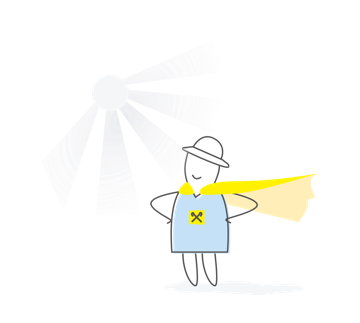New energy market: what should business expect from summer
From July 11, 2019, the energy industry will enter the transitional phase of creating a competitive energy market in the country, which should be completed before July 11, 2020. We are talking about the abolition of the current state monopoly on the wholesale trade in electricity represented by the State Enterprise Energorynok with the transition to direct sale of electricity from producers to suppliers and consumers and the emergence of competitive market segments.
According to the law, the new energy market will operate at five sites: these will be the markets of bilateral day-ahead agreements, the daily market balancing and the auxiliary services market. It is easy to see that the gradation of markets is determined by the periods of electricity supply depending on supply and demand for basic, maneuverable or reserve capacity. What should a business expect from the introduction of a new model?
Price increase
The main goal of the liberal model of the energy market is to introduce the greatest possible competition in the wholesale and retail markets in order to launch price balancing mechanisms. However, as the global and European experience shows, in the first stages after the launch of competitive energy markets, an increase in electricity prices is observed.
The reason for this is not so much the liberal model as the lack of an adequate price of electricity in previous models of manual regulation. Thus, the kilowatt-hour after the reform acquires its real market price. However, in the future, when the mechanisms are balanced and it becomes clear who is buying more and who is less, there is a decrease in energy tariffs to 30%.
According to rough expert estimates, the increase in the price of electricity for domestic industrial consumers as a result of the introduction of a competitive model can be about 25-30%. This will happen mainly due to an increase in the price of electricity for NNEGC Energoatom and Ukrhydroenergo.
Price increases will affect different consumer groups in different ways. So, for large enterprises, the price is unlikely to rise. This is due to the fact that they consume electricity in large volumes. For small and medium-sized businesses, the growth of the light bill can be up to 10% per month. Most of all, the population will experience a jump in prices.
Choosing a profitable supplier
If earlier it was possible to connect to the network only on a territorial basis, now it will be possible to choose the best service and cost for yourself. Enterprises will have the opportunity to conclude direct contracts for the purchase of electricity from producers at a fixed price for the long term.
Thanks to the reform, small and medium-sized businesses are able to reduce energy costs by choosing a more flexible consumption schedule from the proposals of competing suppliers. The company has the right to freely change the supplier in case of dissatisfaction with the quality of its services. Also in Ukraine, it is planned to introduce the Institute of Energy Ombudsman at the state level, designed to protect the interests of small and medium-sized consumers.
However, experts say that SME entrepreneurs will usually be serviced by existing suppliers (who were part of vertically integrated companies at the time of the license), who are entrusted with fulfilling the so-called “universal service obligations” by mid-2020. However, since the maximum price that a universal supplier can charge consumers is set administratively on the basis of a tariff approved by NKREKU, a massive transition from universal suppliers to smaller and local businesses is expected, which will create healthy competition.
The possibility of free trade in electricity
The reform aims to bring new players to the electricity supply market. According to NKREKU, at the end of last year, 683 suppliers (226 companies) were registered in the registers of distribution system operators. From July 2019, trader companies can be attached to them. To do this, they will need to obtain an appropriate license from the regulator, as stated in the law on the electricity market. Therefore, independent suppliers will be on the market, the state will regulate their tariffs. This gives small and medium-sized businesses one more model of work in the new conditions - the production of electricity by small installations (for example, windmills or solar stations) and unhindered trade in it. This model acquires special meaning in regions where problems often arise with uninterrupted power supply and network maintenance.















